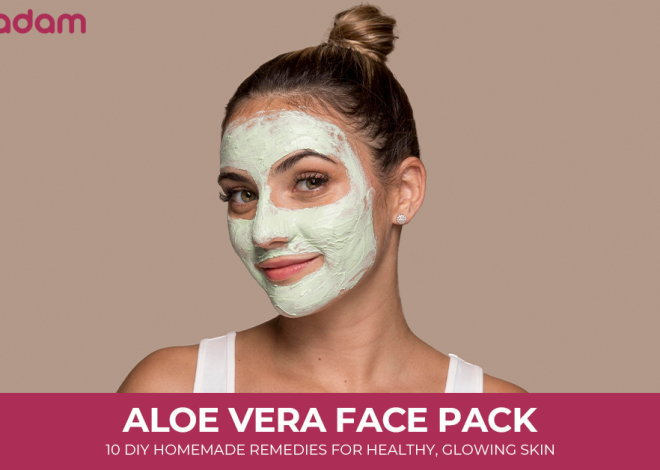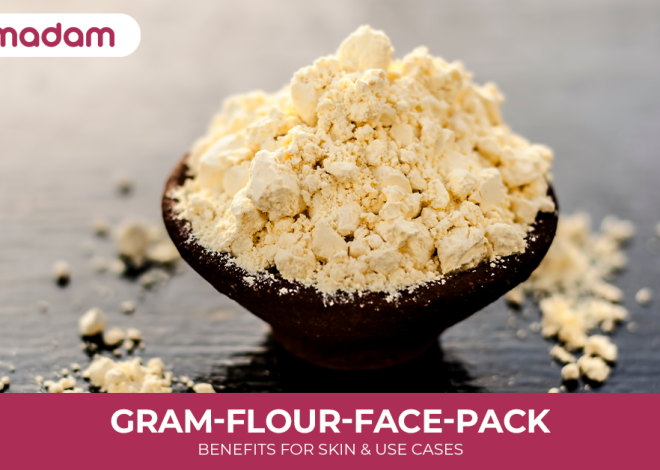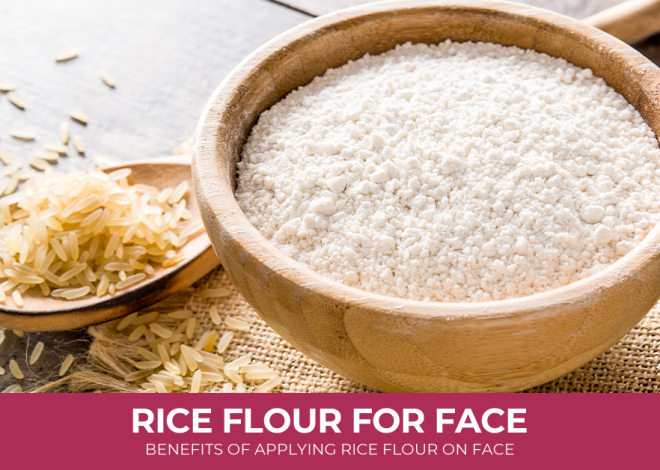
Difference Between Concealer and Corrector: A Comparative Guide
Whether you are struggling with dark under-eye circles, redness, hyperpigmentation, or something else. In skin care, achieving flawless skin often includes the strategic use of concealers and colour correctors.
These two beauty products might look similar at first glance, but they both serve distinct purposes to achieve a more even skin tone.
Through this blog, we will help you understand the difference between a concealer and a corrector. You’ll also learn the science behind camouflaging skin imperfections and get effective tips on using these products in your beauty routine.
Table of Contents
What is a Concealer?
Concealer is a cosmetic product formulated to hide blemishes, dark spots, and other imperfections on the skin. Concealers typically come in liquid or creamy formulas, and they are available in a variety of shades to match diverse skin tones. The main purpose of a concealer is to provide high coverage and create an even skin tone by camouflaging imperfections.
More Information For You: Difference Between Hair Color and Henna(Mehendi)
What Is a Colour Corrector?
A colour corrector, as the name suggests, is a specialized product that works to neutralize specific colour concerns on the skin. Colour correctors use colour theory and the colour wheel to help with concerns like redness, dark circles, sallowness, and discolouration. Colour correctors are available in a variety of colours, with each colour targeting a particular concern. For example:
- Green corrector: Combats redness.
- Yellow corrector: Neutralizes blue or purple undertones.
- Lavender corrector helps brighten sallow or yellow-toned skin.
- Red/orange corrector: Neutralizes dark spots and hyperpigmentation.
The Difference Between Concealer and Corrector: Detailed Comparison
The main difference between a colour corrector and a concealer lies in how they conceal imperfections. Understanding this difference will help you choose the best option for your needs and achieve a more natural makeup look.
| Differences | Colour corrector | Concealer |
| Skin concerns | Combats colour issues such as redness, blue-toned dark circles, hyperpigmentation, or sallowness. | Small blemishes, dark spots, or under-eye circles. |
| Function | Use colour correctors when you need to neutralize specific tones or discolourations on your skin. | Often used to provide coverage and create an even skin tone. |
| Colour options | Colour correctors come in various shades, like green (for redness), orange (for dark circles), or lavender (for yellow tones). | while concealers are usually close to your natural skin tone. |
| Application Order | Typically, a colour corrector is applied before a concealer to address discolouration first. | Then, the concealer is layered on top to cover the corrected area. |
Recommended You: How To Choose Hair Colour For Indian Skin Tone
Which is Better, Concealer or Corrector?
Depending on your need, either one could be “better” depending on the situation. A “corrector” is generally considered better for neutralizing specific colour discolourations on your skin, like redness or dark circles, while a “concealer” is better for simply covering up blemishes and imperfections with a skin-toned shade, making it more versatile for general coverage.
Key points to remember:
Corrector: Uses contrasting colours to counteract specific discolouration (e.g., green to neutralize redness, peach to neutralize blue under-eye circles).
Concealer: Covers blemishes, dark spots, and other imperfections with a colour that closely matches your skin tone.
When to use a corrector:
- When you have noticeable redness from acne
- To neutralize dark under-eye circles with a bluish tone
- When you need to correct uneven skin tone due to hyperpigmentation
When to use a concealer:
- To cover small blemishes or pimples
- To even out minor skin tone variations
- To brighten under-eye areas without significant color correction
Our Best Blog For You: HD Makeup vs Normal Makeup
How to Apply Concealer and Corrector Properly?
It is possible to achieve the desired look if you know the steps on how to apply concealer and corrector properly. The correct product application will help transform the appearance completely.
The following step-by-step instructions will help you apply the concealer correctly:
Step 1: Cleanse the skin.
For smooth and even application of concealer, a cleansed and toned face is important. Cleansers are best to eliminate impurities while also making pores look tighter.
Step 2: Moisturize the undereye area and face.
Maintaining skin hydration through a daily facial cleanser will help to lock in vital hydration to ensure a more flawless application for a concealer.
Step 3: Prime the Skin
Primer helps to increase the longevity of all makeup products, including the concealer. More so for concealer, as concealer might often fade and appear cakey.
Step 4: Examine where to put concealer.
You can apply concealer directly onto the skin to improve imperfections. Special attention needs to be given to the eye area while applying the concealer. You can think of multiple ways of applying the concealer around the eye areas.
Step 5: Apply concealer.
The best way to apply a concealer is with a sponge. First, dampen the sponge. Dot the concealer directly onto pigmentation, blemishes, or the under-eye part. Gently blend the concealer outwards with a dabbing motion till seamlessly blended.
Step 6: Set with powder
To improve the longevity of the concealer on the skin, apply a light layer of setting powder onto the skin using a powder brush and pressing motion.
Don’t Miss: Difference Between Airbrush and HD Makeup
How to Colour Correct: A Step-by-Step Breakdown
Here are the 4 steps on how to apply a colour corrector properly for an even finish and nail the makeup technique:
Step 1: Apply the colour corrector.
The rule is to apply the corrector before the foundation. Apply the colour corrector shade directly onto the parts where you‘re experiencing discolouration.
Step 2: Apply the foundation layer.
For a little more coverage and uniformity in skin tone in some parts. Put the foundation of your choice.
Step 3: Add concealer.
After applying the corrector and foundation, put on the concealer of a shade that is compatible with your skin colour.
Step 4: Set your makeup.
After following the steps of colour correcting, concealing, and blending your face to perfection, set your makeup by misting your face with a setting spray.
Conclusion
The difference between concealer and corrector highlights that concealer and corrector play distinct yet complementary roles in the makeup world. Concealer is a versatile product that camouflages blemishes, dark circles, and redness, offering a flawless finish. Colour correctors are precision tools developed to neutralize specific colour concerns using the principles of the colour wheel.
The secret to glowing skin lies in integrating both colour corrector and concealer into your skincare routine. Starting with colour correction and finishing with concealer for seamlessly beautiful outcomes.
FAQs
Among colour correctors vs. concealers, what goes first?
A colour corrector should always be applied before concealer; it’s meant to neutralize specific skin tones and discolorations, so it should be applied first to create a more even base before layering on concealer for additional coverage.
Are concealers and correctors the same?
No, concealer and corrector are not the same thing, though they are both makeup products that help improve skin tone.
Can I use concealer without a corrector?
Yes, you can use concealer without a colour corrector, especially if your concealer closely matches your skin tone and you only need to cover minor imperfections.
When should I apply the colour corrector?
You should apply a colour corrector before the foundation. The corrector helps hide discolourations, while the foundation helps provide coverage and create an even, uniform skin tone.
Which type of concealer is best?
The best type of concealer depends on your skin type, the area you want to cover, and the finish you prefer.
What’s the main concealer and corrector difference ?
The primary role of a colour corrector is to neutralize discolourations by using contrasting colours on the colour wheel, while a concealer is meant to simply cover imperfections with a shade that closely matches your skin tone.
Can the corrector be used as a concealer?
No colour correctors can be used as concealers. As colour correctors don’t match your skin tone exactly. Instead, colour correctors use the colour wheel of colour theory that targets diverse skin concerns.
What colour corrector is best for dark circles?
If someone has dark under-eye circles, peach is usually used to combat this issue.
How do you pick the right colour corrector?
For choosing the right colour corrector, it is important to be well-versed in the opposite colour principle of colour wheel theory.
Can I apply concealer directly?
You can apply a concealer either directly to your primed-up face, or it can also be applied after the foundation to cover certain places you’d want to cover up.



